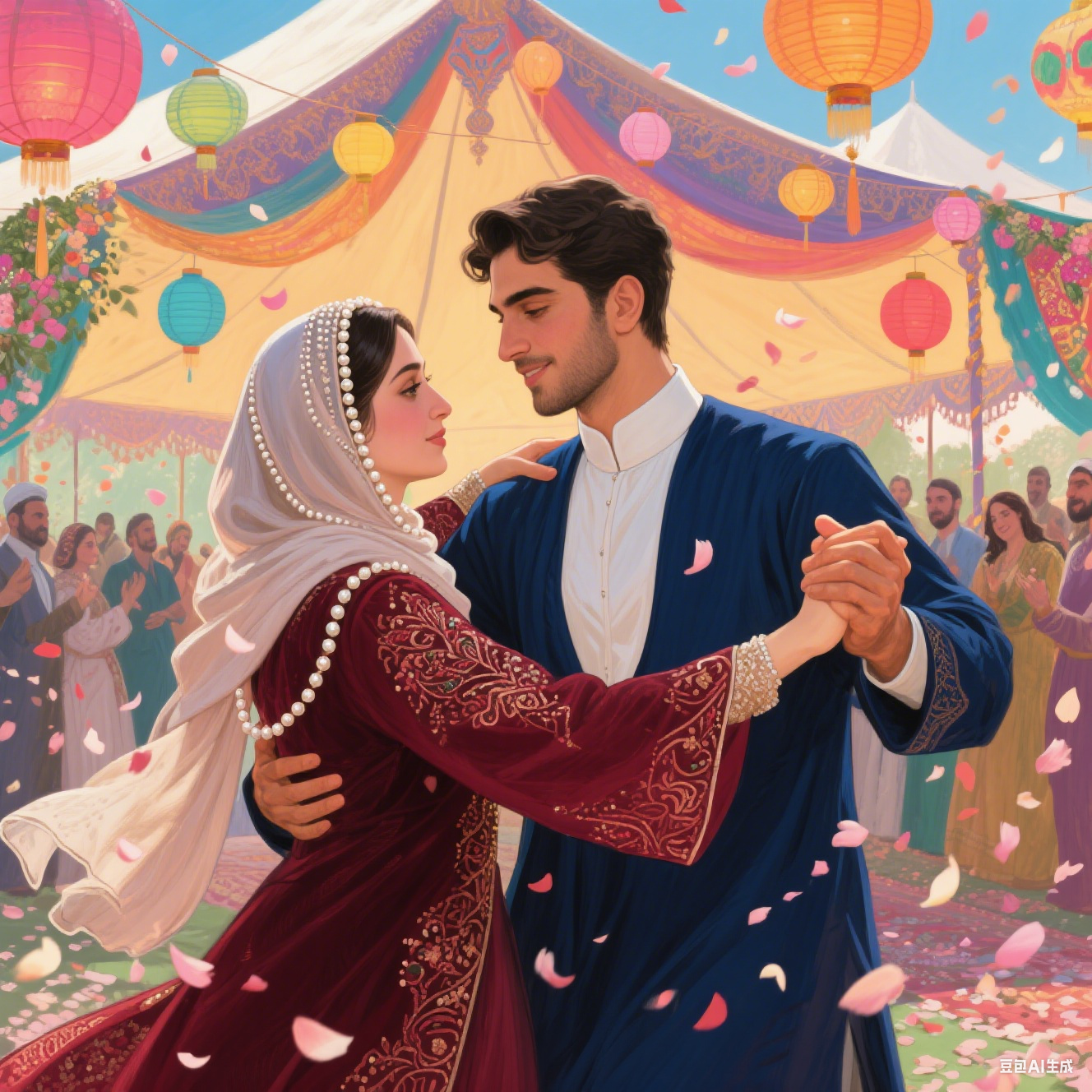+86-13516938893
Menu
global purchase

Iranian clothing is a cultural epic flowing through its fabrics—women’s attire blooms like Persian roses, blending vivid aesthetics within the framework of religious doctrine; men’s garments stand as serene as the plateau mountains, holding reverence for tradition in their simplicity. Every stitch and thread tethers both the millennium-old roots of faith and the warmth of contemporary life, weaving a unique Iranian clothing aesthetic that is truly its own.
Women’s clothing in Iran strikes a marvelous balance between "restraint and vibrancy." In accordance with Islamic teachings, the "hijab" (headscarf) is an essential piece for women when going out. It is not merely an expression of faith, but also a canvas for women to showcase their individuality. Hijabs come in diverse textures: some are as light as gossamer chiffon, fluttering over shoulders like butterfly wings when the wind blows; others are cotton-linen fabrics woven with delicate patterns, their texture tangible at the touch of a finger; still more are velvet adorned with tiny sequins, shimmering softly under the sun.
Young women love to infuse fashion into their hijabs. They opt for bright hues like cherry blossom pink, mint green, and sky blue—sometimes draping the hijab loosely over their buns to reveal silver earrings peeking from their ears, sometimes tying a neat knot at the side of their necks to pair with long denim jackets and slim-fit pants. In their steps, there is the vitality of youth, yet never a lack of the modesty required by doctrine. Wandering the streets of Tehran, one often catches sight of such figures: the contrast between bright hijabs and modern clothing brims with energy, while the coverage of the hijab adds a touch of understated elegance—much like the bold yet refined brushstrokes in Persian miniatures.
Elderly women’s attire, by contrast, exudes an elegance refined by time. They tend to choose dark-colored hijabs in jet black, navy blue, or deep brown, paired with the traditional "chador"—a long black shawl that cascades to the ankles, collarless and sleeveless, secured at the chest with a small brooch. When a woman in a chador walks, the hem sways gently with her steps, soft as flowing ink; on windy days, she will tuck the edges of the shawl lightly with her hands, and one might catch a glimpse of an old silver ring on her fingertips or a embroidered cloth bag in her grasp—small details that speak to a life of subtle refinement. In front of Isfahan’s mosques, elderly women in chadors often pass by slowly, their black garments contrasting with the mosques’ blue tiles, as if time slows down in that moment, evoking the imagery from Persian poetry of "calm as night, graceful as verse." Their clothing is unassuming, yet carries an inherent composure honed by years, embodying the essence of "propriety" in every thread.
Compared to the layered richness of women’s clothing, Iranian men’s attire leans toward simplicity and grandeur, yet still holds a blend of tradition and modernity. Traditional men’s clothing centers on the "bazargan" (long robe) and "turban." The bazargan is a long cotton-linen robe, its collar and cuffs embroidered with minimalist geometric patterns, often in calm tones like off-white, light gray, or dark brown. It is breathable and comfortable to wear, while also shielding against the plateau’s sand and wind. The turban, usually white or light-colored, is wrapped in a fixed, traditional manner—it secures firmly around the head, a symbol of respect for heritage. In remote areas of Iran, or during important occasions like religious ceremonies and weddings, one can still see men in such traditional attire: standing tall, their robes hanging smooth and straight, the turban’s clean lines framing their heads. Every movement exudes solemnity, as if they have stepped straight out of an ancient Persian painting.
In modern cities, however, men’s clothing has long embraced more fashionable elements. In Tehran’s office buildings, young men often wear well-tailored suits, paired with light-colored shirts and simple ties—their every gesture radiates professionalism. College students on the streets favor casual wear: denim jackets with khaki pants, white sneakers on their feet, and sometimes a baseball cap on their heads, brimming with energy. Even so, their clothing never strays from the core of "solemnity": suits are never overly flashy, and casual outfits never expose the chest or back. Every piece of clothing reflects respect for others, echoing the Iranian cultural ideal of "propriety above all."
Whether it is women’s hijabs and chadors, or men’s bazargans and suits, Iranian clothing has never been a rigid set of rules—it is a gentle coexistence of "faith and aesthetics," "tradition and modernity." It allows women to find expressions of individuality within modesty, and men to uphold their traditional roots amid simplicity. It turns ordinary passersby on the street into living testaments to Iranian culture—every garment is a reflection of Iranians’ love for life, their dedication to their heritage, and a prose poem about beauty that they write to the world.